Portugal is a coastal country of 11 million people.
It sits sandwiched between Spain and the Atlantic Ocean.
Each year tourists flock to its beautiful Iberian beaches and picture-perfect climes.
This Portuguese country is also famous for its cuisine featuring fresh seafood, cheeses, and, of course, Port wine.
And for a little traditional music, Fado, join masked revelers at the famous festivals of Carnival of Torres Vedras near Lisbon or the Festa de São João in Porto.
Portugal welcomes over 27 million visitors yearly.
But even with this influx of visitors, its homicide rate per 100,000 remains low, at 1.28.
In fact, when violent crimes are reported, robberies, pickpocketing, and petty theft make up the vast majority – 68%.
These surprising statistics are why Portugal is ranked the world’s 6th safest place to live by the Global Peace Index.
But even with low crime rates, some areas and cities require precautions.
Contents
10 Most Dangerous Cities in Portugal
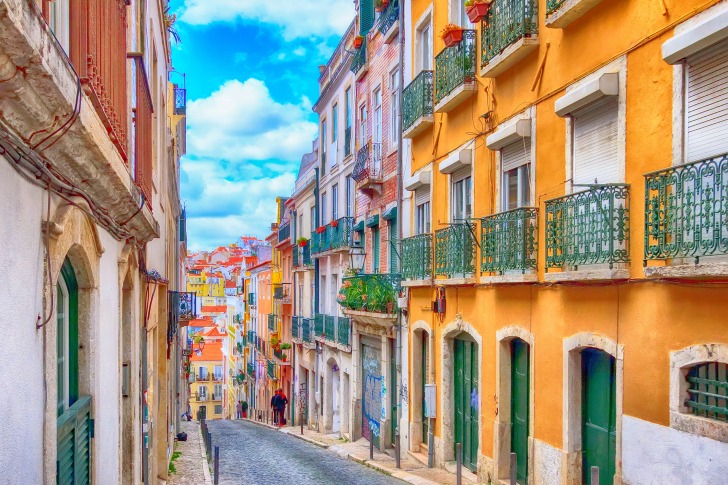
1. Lisbon
Because it is the capital city, Lisbon tends to have more crime than the rest of Portugal – roughly 72,183 crimes were reported in 2022.
Lisbon has the country’s highest crime rate.
Although the city is generally safe for its 3 million residents, some areas are filled with pickpocketing teams.
And Belem is a particular hotspot for robbery.
If you are touring São Jorge Castle or photographing the rows of colored houses, there are a few districts to avoid or, at the very least, needing extra caution — Alfama and Bairro Alto.
These areas account for most of Lisbon’s 3.1% increase in reported crimes.
Overall, public transportation in Lisbon is relatively safe, but the train stations of Rossio Santa Apolonia are notorious for theft.
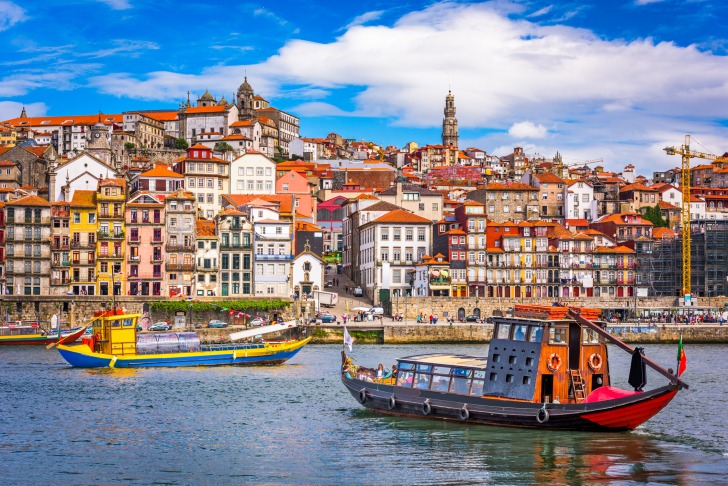
2. Porto
Founded in 275 BC, Porto (Oporto) is where Port wine is made.
Ranked as the second-largest city in Portugal because of its 1.3 million residents, historic Porto also ranks in reported property crimes, such as theft and burglary.
Unfortunately, drug-related crimes are also an issue.
Most Porto neighborhoods are safe, but Bairro do Aleixo, Cerco do Porto, Lagarteiro, and the Pasteleira are four areas awash in criminal activity – day and night.
And avoiding these areas is highly recommended.
While there are questionable neighborhoods, according to the most recent data, Crime in Porto is trending downward by 5.8% annually in this historic city.
And only 47,500 crimes were reported last year.
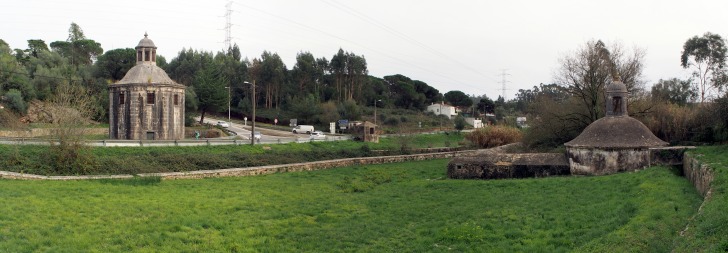
3. Amadora
Urban Amoadora is located slightly northwest of Lisbon.
U It is a vibrant hub for international business – home to multinational companies such as IKEA and Nokia.
At the city center, the famed Ubbo is one of Europe’s largest shopping malls, a boon for the young and growing population of roughly 200,000 residents.
On Amadora’s seedier side, drug trafficking is a significant component of a high crime rate.
Its Crime Index is 53.
Reported crimes have indeed decreased over the past three years.
But theft and drug offenses remain prevalent, and it is not uncommon to be verbally harassed while walking.
Some attempts to reduce crime have been made, but there are still districts like the no-go zone of Santa Filomena that should be avoided at all costs.
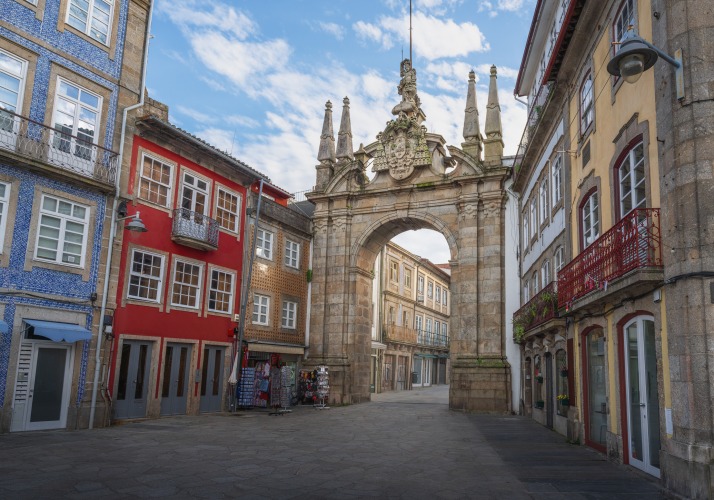
4. Braga
Braga, located northeast of Porto, is the oldest city in Portugal. Founded by the Romans in 16 B.C., the town initially took the name of the sitting emperor, Ceaser Augusto – later abbreviated – Braga.
Despite its size, Braga has a high crime rate — 14,500 crimes reported.
The most frequent offenses are property theft and pickpocketing teams.
Surprisingly, there are no ‘no-go zones’ in the urban municipality, and walking during the day is safe.
But like most cities, walking at night can be dangerous alone.
Luckily, incidences of crime have diminished by 2.3%.
This decline is a positive for the roughly 195,000 residents in this ancient northern Iberian town.
It is also a positive for visitors who wish to explore the churches, sprawling gardens, and white-marbled monuments, including the Jardim de Santa Barbara of the city known as Portuguese Rome.
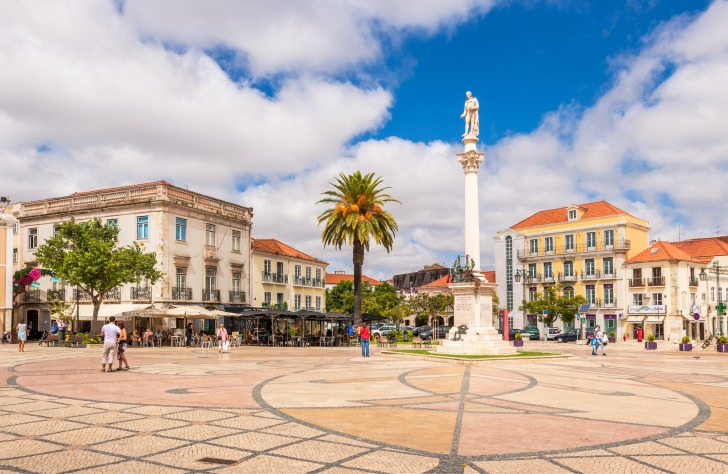
5. Setubal
Setubal is a city of beauty and danger.
This quaint coastal city has a high rate of violent crimes, including assault and robbery, with 28,679 incidents reported last year – surprisingly high statistics for a town of 125,000 residents.
Setubal is known for its sardine production and sweet muscatel wine.
Visitors enjoy the wide, flat streets and majestic gardens.
Walking during the day is relatively safe, but solitary nighttime excursions should be avoided.
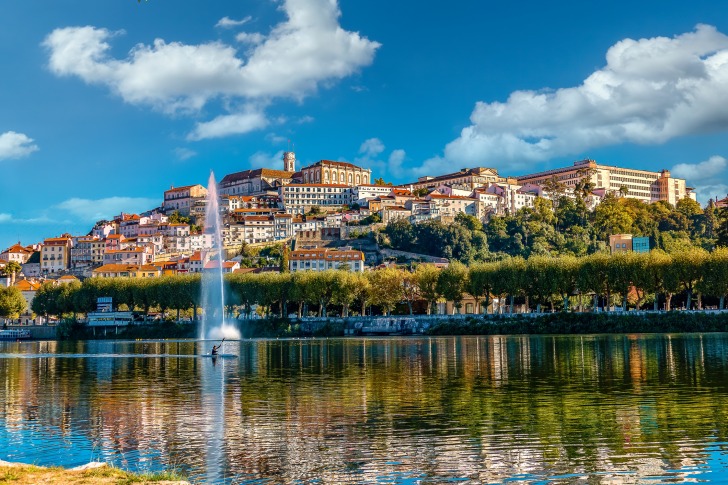
6. Coimbra
From Coimbra, a medieval town of 140,000, residents have a view of the Coimbra River.
And its history makes this a popular tourist spot.
The striking architecture of the University of Coimbra was storied for being an inspirational location for Harry Potter.
And the 12th-century Romanesque cathedral spires can be seen throughout this ancient town.
Unfortunately, while low, the larger metropolitan district of Coimbra, with over 460,000 people, still has crime.
Its Crime Index hovers around 18.
Drug dealing, gang violence, theft, and vandalism top the list.
Luckily, reports have diminished over the past two years, down -4.8% – making it one of the safest places in Europe.
But, as with all traveling, visitors to Coimbra are cautioned to be aware of their surroundings and belongings during the day.
And refrain from solo adventures during the night.
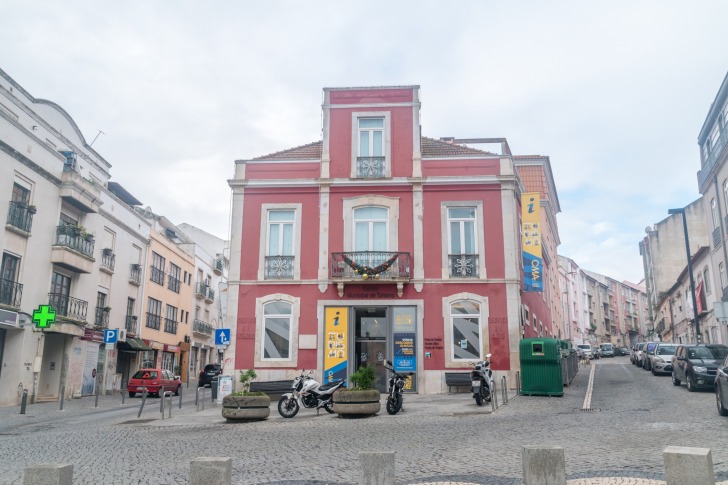
7. Almada
Almada, with roughly 166,000 residents, is an extension of Lisbon.
The city, although quaint, is not as safe as many of its Portuguese counterparts.
Located directly across the Tagus River from Lisbon, it is ranked with a Crime Index of 47 — reporting a high rate of violent crimes, including vandalism, assault, and robbery.
Visitors are encouraged not to travel alone at night and be aware that verbal abuse is common when walking the streets.
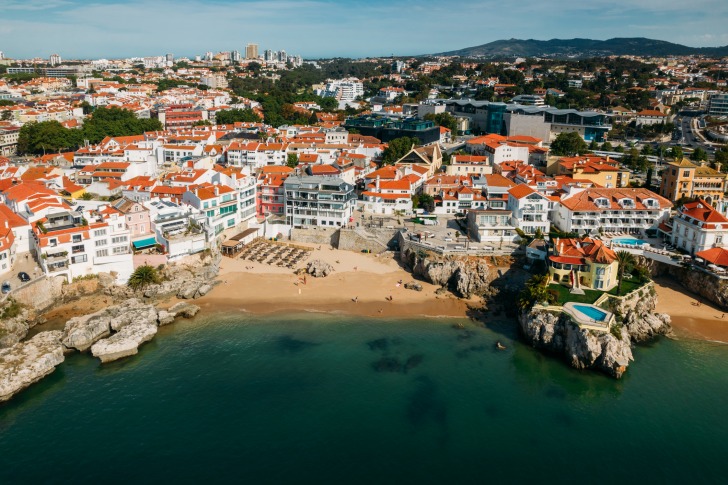
8. Cascais
Located due west of Lisbon along the coast and a growing tourist destination, Cascais has an overall Crime Index of 19.5 – comparable to Porto.
Its 206,500 residents are subject to theft, muggings, gangs, and nighttime crime.
These are also the issues facing visitors to the two miles of area beaches and resorts.
However, with a few precautions, visitors can enjoy whale watching, the Guia Lighthouse, and numerous museums and cafes throughout this small town.

9. Loures
The modest Iberian town of Loures sits north of Lisbon.
It is equidistant between the east and west coasts – the Targus River and the Atlantic Ocean.
With a population of over 201,000, Loures is one of Portugal’s larger cities.
Unfortunately, the proximity to Lisbon and the size of the unique area give way to a significantly higher Crime Index – 52 – compared to the rest of the country.
The most common crimes reported in Loures are drugs, vandalism, and theft.
Additionally, verbal and racial abuse is noticeably high.
And traveling at night, alone or in a group, is discouraged.
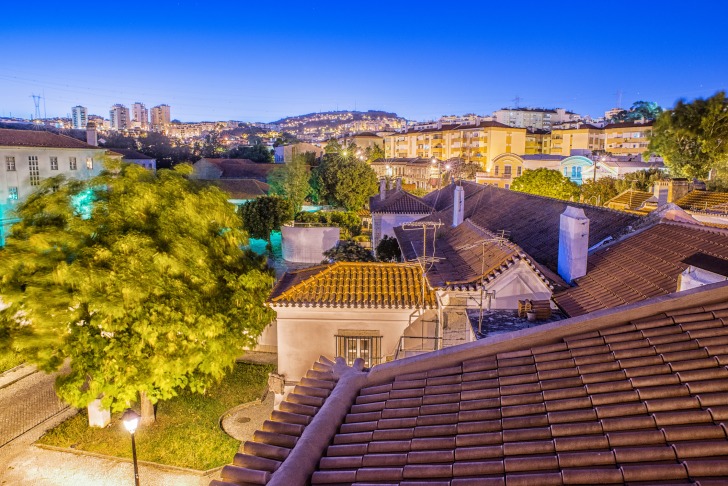
10. Odivelas
Located northwest of Lisbon, Odivelas has a moderate Xrime Index of 30, with property crimes and reported robberies making up the majority.
In recent years the city and its 145,000 residents have implemented ways to reduce reported incidences, and it seems to be working.
Walking the town to see the Monastery of São Dinis de Odivelas during the day is safe, especially for tourists.
Even cars are mostly safe from theft. But your belongings may be in danger, so watch your phone and camera.
If asked, most locals will advise you not to walk at night.
Pickpockets are prevalent in Odivelas, so a few precautions, like separating your money and minimizing your jewelry, may save your trip.
5 Safety Tips for Traveling to Portugal
Portugal is impressively safe compared to its European counterparts.
However, when traveling, certain precautions are always recommended.
Here are a few safety tips when traveling to Portugal.
- Be cautious in crowded areas and keep track of all belongings. Train stations, cafes, and markets are known for teams of pickpockets and thieves looking for easy targets such as cameras and phones.
- Be wary of strangers. Avoid those who suddenly approach you offering assistance or asking for money.
- Be careful when using ATMs. Find machines in bank or hotel buildings. Protect your information and avoid carrying large sums of cash. When traveling and dealing with money, always assume someone is watching.
- Scams are common. Always ask for identification from strangers pretending to be police officers or hotel staff.
- Learn a few Portuguese phrases. Even one or two expressions can be helpful in an emergency or asking for directions. Translation apps are also beneficial.
Portugal Safety Overview
READ THE FULL REPORT: Portugal Safety Review
Safety Index:
- OVERALL RISK: LOW
- TRANSPORT & TAXIS RISK: LOW
- PICKPOCKETS RISK: HIGH
- NATURAL DISASTERS RISK: LOW
- MUGGING RISK: MEDIUM
- TERRORISM RISK: LOW
- SCAMS RISK: MEDIUM
- WOMEN TRAVELERS RISK: LOW
Frequently Asked Questions
Is Portugal Safe for Solo Travel?
Portugal is a growing tourist destination and one of the safest European countries for solo travelers, both men and women, with few high-profile areas to avoid.
As with all travel, be aware of your things and your surroundings.
Violent Crime is minimal, but petty crimes like pickpocketing and property theft exist.
What Language is Spoken in Portugal?
Most residents, especially the young, in the larger cities speak English.
But Portuguese – a unique mixture of Spanish, French, and colloquial dialects – is the national language.
What Currency Is Used in Portugal?
Portugal is a European Union; its currency is the Euro.
One of the easiest ways to convert currency is to withdraw money at a bank or hotel ATM.
Sometimes, the United States Dollar is accepted by street merchants, but all official transactions are Euro-based.
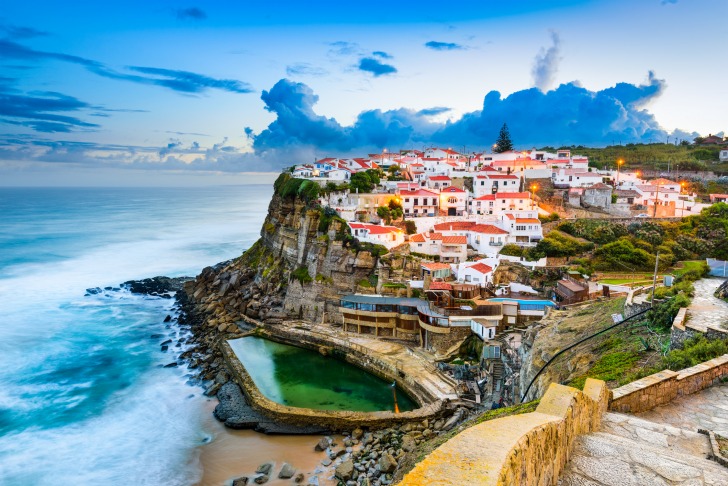




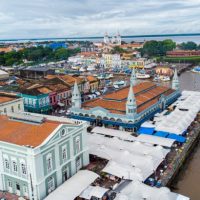






Living in Portugal for almost Half decade, and I would like to say that the Racism is quite High in Odivelas and Hate against Asian community is quite high, but worst thing that even some police officers in Odivelas are Racist Sadly…
Crimes against Asians are played down, people sometimes dont even register cases, But worst areas I hven been to around Lisbon is Apelação, its full of gangs and Gun was pointed at my neck last year. Its so bad even the Police needs a Backup if things go wrong.
I make local vlogs in Lisbon Area, covering topics like Safe zones, Local News Events.